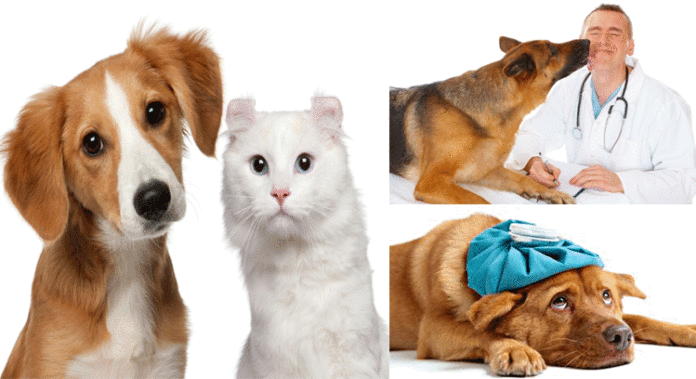
IT SEEMS like just yesterday you brought them home and made them a part of the family. If you own a cat or dog, you have fond memories of your furry family member from day one.
Fast forward to today. Just like with people, age sometimes creeps up slowly on pets. Every pet is unique, so changes happen at different times. What’s more, age-related changes can be easy to miss because they appear so gradually over time.
Being aware and proactive is the best thing pet owners can do to help their pets stay healthy as they age and it’s recommended that pets have a full ‘MOT’ at about age seven. This allows the vet to address any current concerns or potential health risks, including nutritional considerations.
Aging in pets can potentially impact the relationship you have with them, so being aware of the signs and what to do can help keep your older pet in the game. To help you understand what to look for the “TELL TAILS” signs of aging in cats and dogs is worth remembering.
T = Thinking. Your pet gets confused by ordinary things, like how to find their bed.
A = Activity. Your pet is less active. Naps are now more appealing than playing or exploring.
I = Interactions. Your pet doesn’t socialise with you as much as before.
L = Loss of control. Your pet is well-trained, but has started to have accidents.
S = Sleep-wake cycle. Sleeping patterns have changed, with more awake time during the night.
You’re the one who spends the most time with your pet, so it’s important to note any of these changes and communicate them to your local vet. Consistent vet visits and changing your pet’s food are just two things that can help older pets to continue to remain healthy in their later years.
“As pets grow older, aging occurs inside every cell in their body”, says Kathy Gross, Director of Clinical Nutrition at Hill’s Science Diet. “Our research shows that gene expression and activity are different in pets aged 7 and older compared to their younger counterparts. Through this research we’ve identified natural ingredients and nutrients that change gene activity and used that knowledge to create pet foods for pets of this age.”
When selecting food, consider key nutrients important for pets aged 7 and older which includes:
a. High-quality protein with balanced levels of essential amino acids to support muscles.
b. L-carnitine, to help the body convert nutrients into energy to move, run and play.
c. Right balance of phosphorus and sodium – not too much and not too little – helps maintain a healthy bladder, kidneys and heart.
d. Antioxidant vitamins E and C along with beta-carotene and selenium to protect cells and support healthy immune function.
In addition to making nutritional adjustments, consider these smart tips for helping your pet get the most out of life and unlock their ageless spirit:
1. Providing regular exercise and opportunities to interact with family members helps keep older pets in shape and their minds actively engaged.
2. Just as with people, maintain a healthy body weight and body proportion (more muscle, strong bones, less body fat) by avoiding overfeeding, doing regular weigh-ins and avoiding unhealthy snacks.
3. Regular veterinary checkups (once per year for middle-aged pets and twice per year for older pets over the age of seven) are recommended so any concerns or potential health risks can be addressed.








